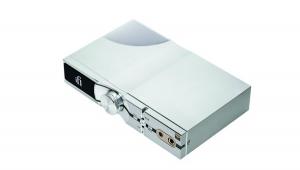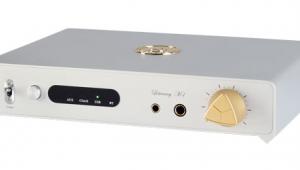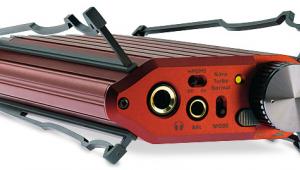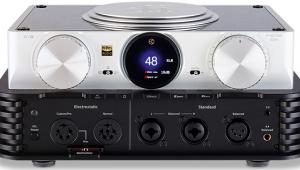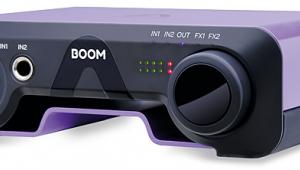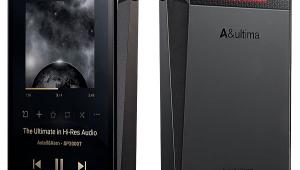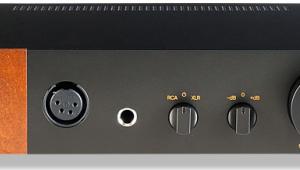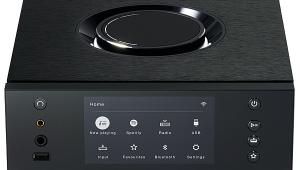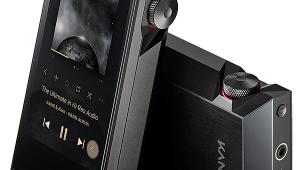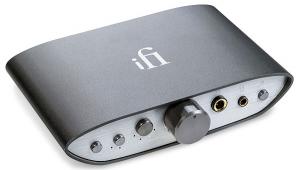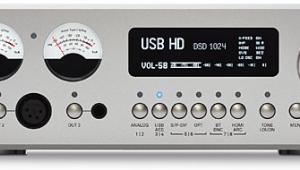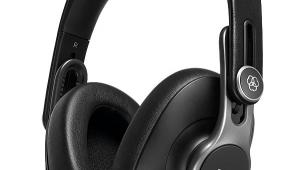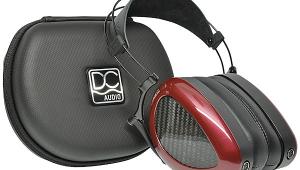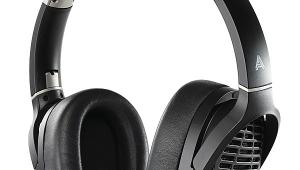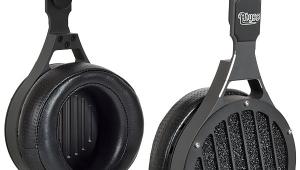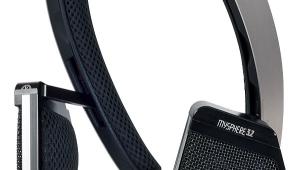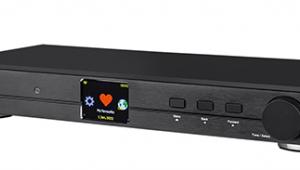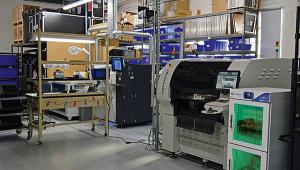To the ends of the earth Page 2
Doubt Banished
To get a clearer idea of which response features are audibly significant it may be necessary to investigate them in the time domain, for instance by using cumulative spectral decay waterfalls as more normally seen in HFN's loudspeaker tests.
A CSD waterfall derived from the NAD right capsule output with the headband raised and adapter fitted is shown in Figure 5 and banishes any doubt that the peaks in the frequency response are due to a series of resonances.
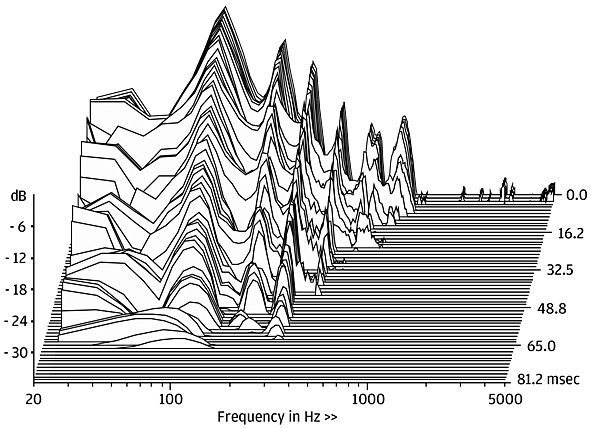
It's obvious in all three of these examples that Owen Jones was right: removing electrical crosstalk due to common earth wiring makes the vibrational behaviour of the headband very much clearer. This improvement should, of course, only be available with headphones in which the earth wiring for the left and right capsules is shared through the connecting cable.
While this is often the case with headphones in which the connecting lead attaches to one capsule only, it's by no means universal. In some models the left and right channels nevertheless have independent earth wiring. With headphones having a Y-lead, connecting separately to each capsule, independent earth wiring is the norm.
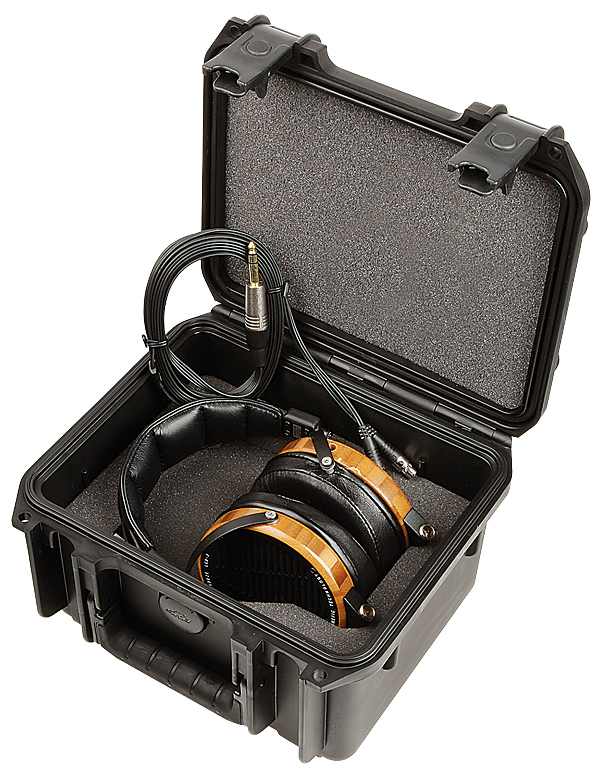
The isolator ought to have no effect with such headphones, but that proved to be not quite the case when I retested the Audeze LCD-2 [see HFN Mar '13] (Figure 6) and then tried the recently reviewed Audio-Technica ATH-W1000Z Maestoso (Figure 7) [HFN Jan '16].
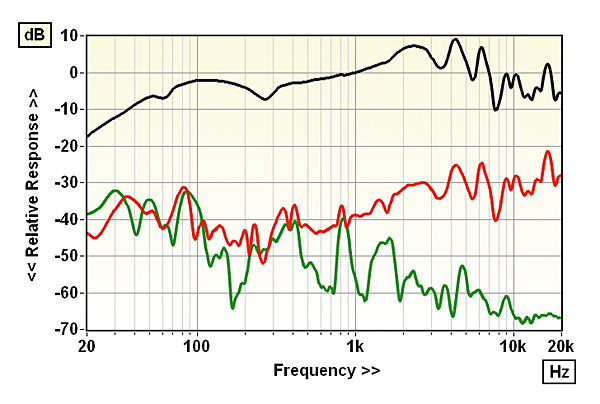
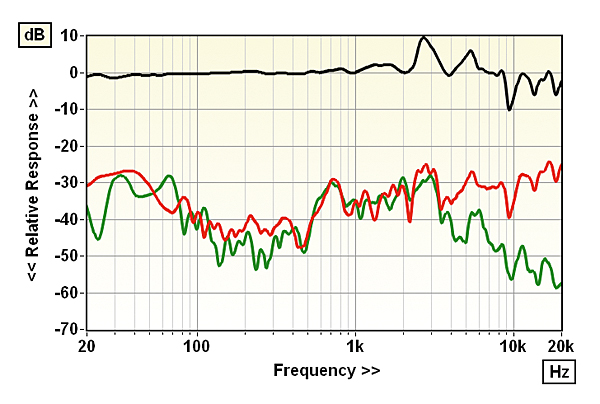
More To Investigate
In both cases the 'with isolator' and 'without isolator' curves depart significantly as frequency rises, in the case of the Audeze from 3.5kHz and with the Audio-Technica from much lower in frequency, around 400Hz. The cause of these unexpected departures is being investigated.
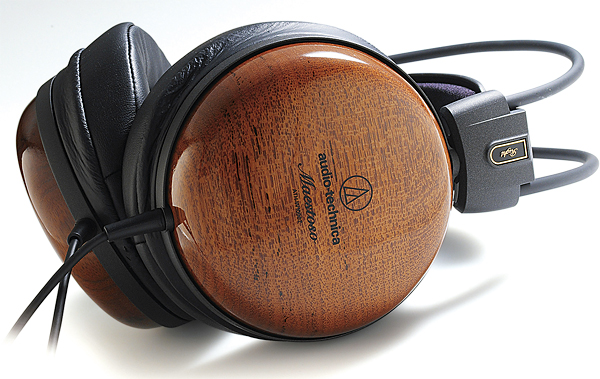
Should there be any suspicion that a Y-cable is not four-wire all the way from capsules to connector, this can easily be detected if the cable is detachable using accurate resistance measurement as shown in Figures 8a and 8b.
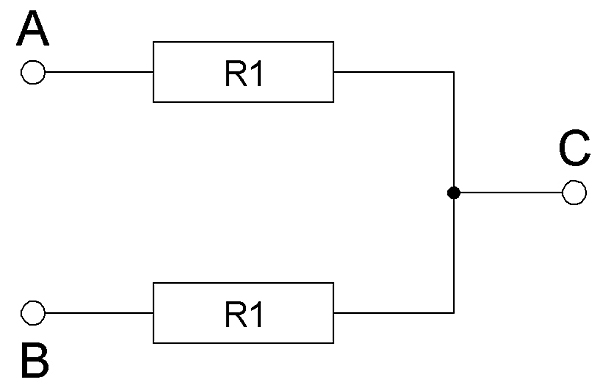
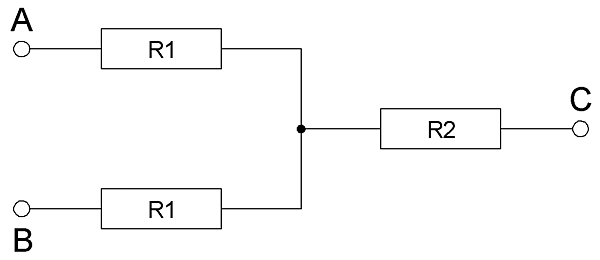
In Figure 8a we see the case of a proper Y-cable with separate earth wiring (of resistance R1 for each channel) from each capsule to the connector. In this case, resistance AB should equal that of resistance AC plus resistance BC, whereas this isn't the case if the earths are joined part way along the cable, as is illustrated in Figure 8b, alongside.
Hot Terminals
If the cable is captive then the determination can still be made, at least in theory, but the measurement now has to be performed from the left and right 'hot' terminals at the connecting plug and involves determining small differences in wiring resistance in the presence of the much larger resistances of the drive unit voice coils. You can also get a good idea of whether there is common earth impedance for the two channels by inspecting the impulse response of the inactive capsule.
If the initial impulse peak has opposite polarity to that of the active capsule, it follows that shared earth impedance should be suspected. (The reason for this is obvious from Figure 1.)
Conclusions
Use of Owen Jones' isolator idea throws into even sharper relief the issue of headphone headband resonance and the wide disparity in headband vibrational effects between different headphones.
Personally I'm convinced that headband resonance is a subjectively significant issue in the worst offenders, although it's worth pointing out that I have never ascribed any aspect of a headphone's sound quality, in normal use, to this effect. We don't yet have hard evidence on which to make such a claim.
The effects of headband resonance can certainly be heard when pink noise is replayed over one capsule only. But the effect on stereo music replay will be influenced by masking and by the fact that we can expect the headband vibrational behaviour to be different for the M (sum) and S (difference) components of a stereo signal.
Still, were I to be tasked with designing a headphone I'd adopt the precautionary principle: assume that headband resonance does have audible effects and take appropriate measures to suppress it.
I can't believe that AudioQuest will be alone when it comes to adopting whole-capsule compliant isolation as a solution.
